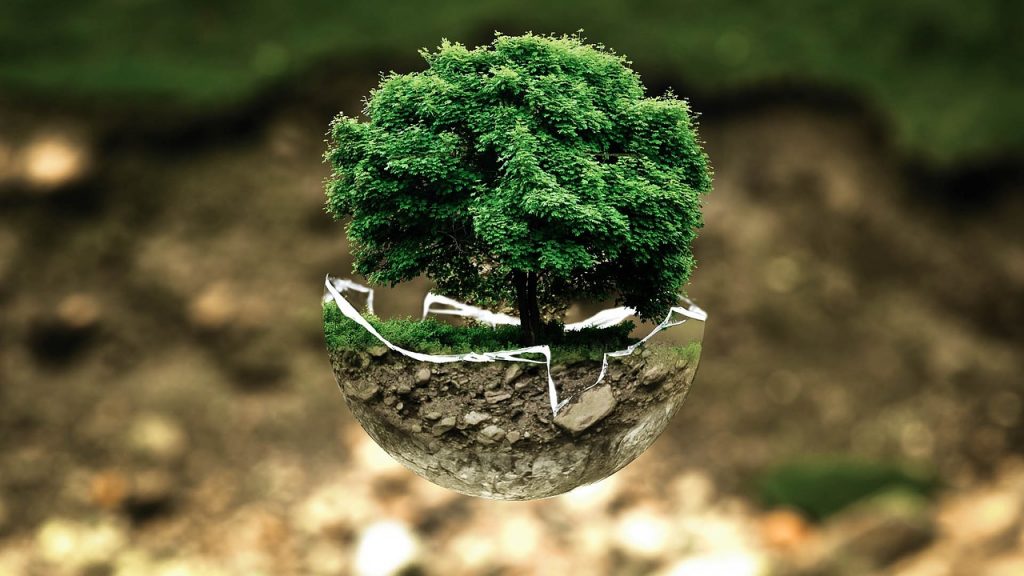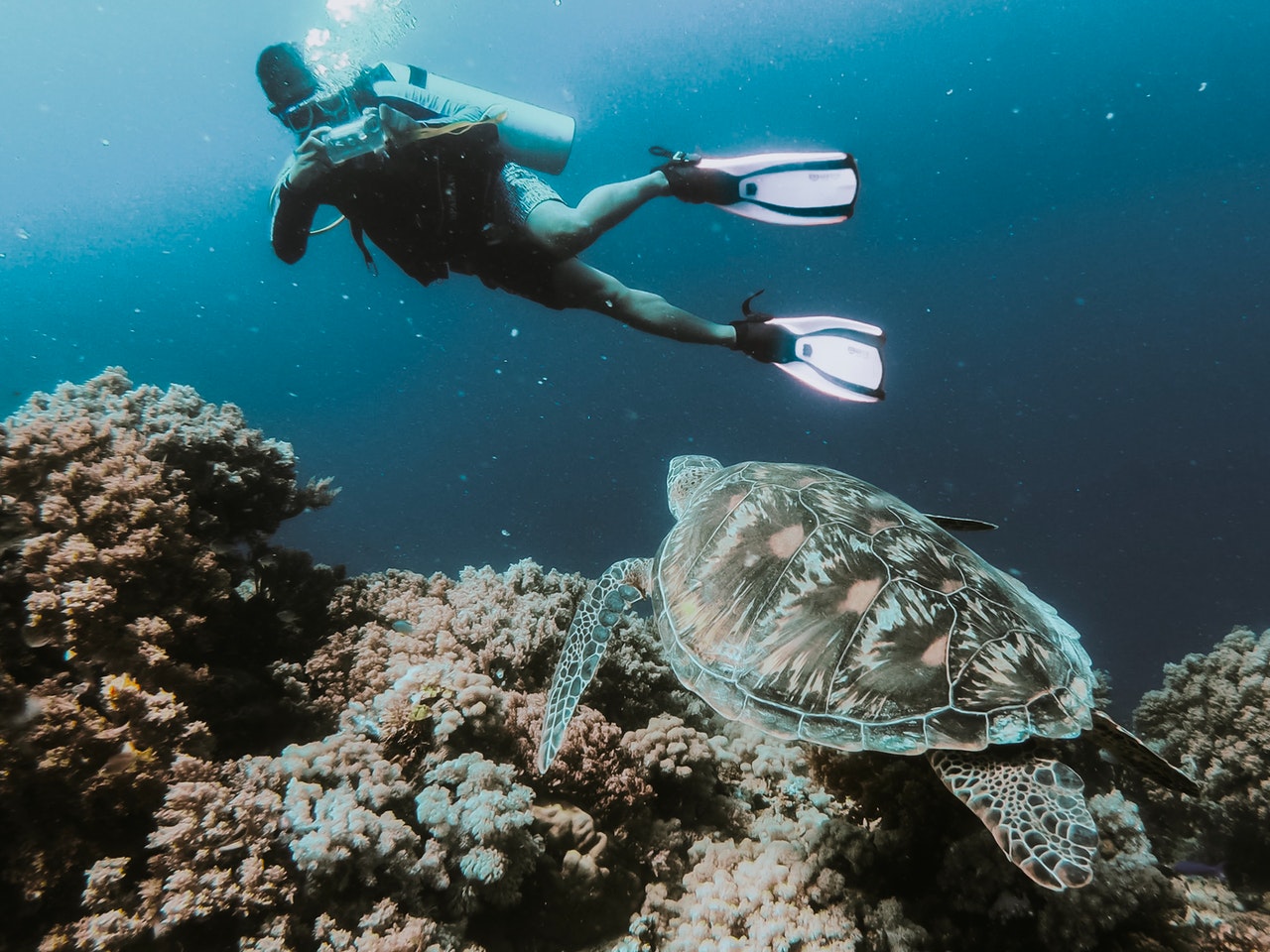Panda is an amazing and very interesting creature. Unlike many other animals, giant pandas have lived in the forest for millions of years. They are highly specialized organisms with unique adaptability.
The panda has an extra finger on its leg
Panda has six fingers on each foot. The extra fingers help the giant panda bear tear apart bamboo, which they can peel off in about 40 seconds. Their intestines and throats are covered with a thick layer of mucus to protect them from debris.
Female giant pandas can only endure three days a year
One reason panda reproduction is so difficult is that females do not have enough time to get pregnant. The female ovulates yearly and has 2-3 days to fertilize the egg, otherwise, she has to wait a year to try again!
Another reason pandas are so difficult to breed is that they are very lazy bears. It only takes a panda two or three days to mate. After mating, the female drives the male out of her territory and establishes his own offspring.
Panda cubs don’t stay with their mothers for long
When pandas were born, they were the size of butter sticks. One has pink skin, a thin layer of white fur, a long tail, and no teeth.
A red panda is about two months old, the same size as a typical human newborn. Panda stays with her mother until she is three years old when she is independent enough to take risks on her own, meaning that a wild panda only can raise three or four boys in his life.

Pandas eat bamboo, but their digestive systems are designed for a meat diet
A wild giant panda is made from a mixture of 99% bamboo and 1% herbal medicine and occasionally small rodents. Pandas absorb only 20-30% of bamboo nutrients. Other herbivores, such as deer, absorb about 80%.
This means that pandas need to eat most of the time they are awake to get enough food to survive.
Pandas spend about 2/3 of their day eating
There are around 20 different types of bamboo that pandas eat. Nevertheless, bamboo does not contain sufficient nutrients, meaning pandas need to eat up to 20kg per day. Because of this, pandas spend about 2/3 of their day eating.
Pandas have exceptionally strong jaws
The face of a panda draws its shape from the massive muscles of its cheeks. A giant panda’s cheek muscles and jaw are actually stronger than you’d expect.


 Not a few dog lovers are just too willing to share everything with their pets especially food, but without first checking if they’re safe for canine consumption. Besides, every year, there’s a long list of dog food recalls as results of common
Not a few dog lovers are just too willing to share everything with their pets especially food, but without first checking if they’re safe for canine consumption. Besides, every year, there’s a long list of dog food recalls as results of common Make it a habit to constantly check the latest list of pet food products recalled by manufacturers. Discoveries of toxicity and contaminants usually take place after the pet food has been identified as carriers of disease causing microorganisms. Other causes of pet food recalls are discoveries of foreign objects like plastics or metals in pet food silos, while still in the process of manufacturing and packaging.
Make it a habit to constantly check the latest list of pet food products recalled by manufacturers. Discoveries of toxicity and contaminants usually take place after the pet food has been identified as carriers of disease causing microorganisms. Other causes of pet food recalls are discoveries of foreign objects like plastics or metals in pet food silos, while still in the process of manufacturing and packaging.








 A completely enhanced panda is much too powerful a foe for most predators, however, a few creatures can prey on cubs. Potential predators include jackals, snow leopards, and yellow-throated martens, all of which are effective at ingesting and killing panda cubs.
A completely enhanced panda is much too powerful a foe for most predators, however, a few creatures can prey on cubs. Potential predators include jackals, snow leopards, and yellow-throated martens, all of which are effective at ingesting and killing panda cubs.






 Animals play a significant part in many people’s lives. Along with seeing-eye dogs and puppies which may be trained to find seizures, creatures may also be utilized in occupational therapy, language therapy, or physical rehabilitation to help patients recover. Apart from those specified therapeutic functions, animals can also be appreciated as companies, which may certainly alter the quality of their own lives. Is that companionship beneficial to our health?
Animals play a significant part in many people’s lives. Along with seeing-eye dogs and puppies which may be trained to find seizures, creatures may also be utilized in occupational therapy, language therapy, or physical rehabilitation to help patients recover. Apart from those specified therapeutic functions, animals can also be appreciated as companies, which may certainly alter the quality of their own lives. Is that companionship beneficial to our health? One of the least favorite chores that people need to do at home is vacuuming. While it’s much easier than sweeping the floor, it isn’t fun to be pushing and pulling a bulky and heavy vacuum cleaner around the house whilst trying not to run over the cord. This is a reason many homemakers have become quite excited with the innovation of robotic vacuum cleaners.
One of the least favorite chores that people need to do at home is vacuuming. While it’s much easier than sweeping the floor, it isn’t fun to be pushing and pulling a bulky and heavy vacuum cleaner around the house whilst trying not to run over the cord. This is a reason many homemakers have become quite excited with the innovation of robotic vacuum cleaners. 
 Polar bears will likely move extinct prior to the conclusion of this 21st century. That is exactly what the International Union for the Conservation of Nature along with biologists’ claims concerning the Arctic’s animals. If the weather continues to change at the current speed, we are telling tales of bears to our kids. Would you wish to understand why are polar bears moving burst in the subsequent 50 years or so? If this is that’s the case, then you would adore these bear congestion truth.
Polar bears will likely move extinct prior to the conclusion of this 21st century. That is exactly what the International Union for the Conservation of Nature along with biologists’ claims concerning the Arctic’s animals. If the weather continues to change at the current speed, we are telling tales of bears to our kids. Would you wish to understand why are polar bears moving burst in the subsequent 50 years or so? If this is that’s the case, then you would adore these bear congestion truth. An opportunity to run loose, research, get filthy, start looking for creatures? And of course they had little option. They are kids after all. But all this changes as your child gets old, needs to create their own conclusions and shudder not necessarily be with you.
An opportunity to run loose, research, get filthy, start looking for creatures? And of course they had little option. They are kids after all. But all this changes as your child gets old, needs to create their own conclusions and shudder not necessarily be with you. All creatures have significant functions in the ecosystem. There appears to be an environmental equilibrium between all creatures in nature. Some critters help to extract the nutrients in the cycle while some assist in decomposition, carbon monoxide, and nitrogen cycle. All creatures, insects, as well as microorganisms, play a function in the ecosystem. All plants and animals in the ecosystem excel and balance out each other, which Mother Nature has perfected over the years and during trials and trials, and discovered a system that works perfectly for her. The system which exists from Mother Nature is intended for all of the various species of the earth, in which each has a part to play without bothering each other and never even requiring the environmental balance away.
All creatures have significant functions in the ecosystem. There appears to be an environmental equilibrium between all creatures in nature. Some critters help to extract the nutrients in the cycle while some assist in decomposition, carbon monoxide, and nitrogen cycle. All creatures, insects, as well as microorganisms, play a function in the ecosystem. All plants and animals in the ecosystem excel and balance out each other, which Mother Nature has perfected over the years and during trials and trials, and discovered a system that works perfectly for her. The system which exists from Mother Nature is intended for all of the various species of the earth, in which each has a part to play without bothering each other and never even requiring the environmental balance away.

 But the music is getting quieter because the population of domestic insects has declined by over 80 percent in the past 15 years – partly because of intensive agriculture and the use of lots of pesticides. Due to the great loss, the miracle of nature begins to falter: the majority of plants rely on insects as pollinators, and many animals use them as food, for example for birds.
But the music is getting quieter because the population of domestic insects has declined by over 80 percent in the past 15 years – partly because of intensive agriculture and the use of lots of pesticides. Due to the great loss, the miracle of nature begins to falter: the majority of plants rely on insects as pollinators, and many animals use them as food, for example for birds.

